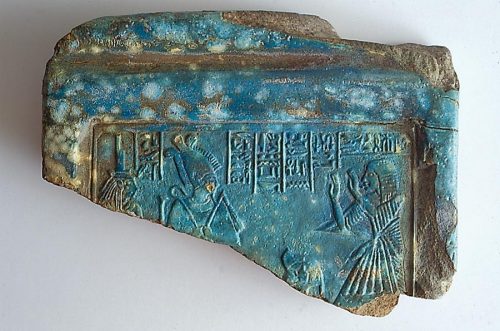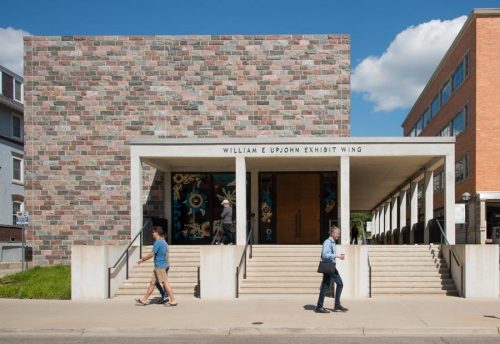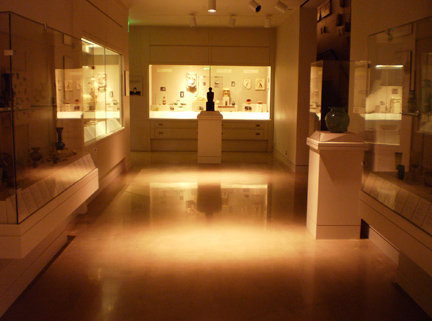A Rare Artifact That Was Stolen During WWII Just Turned Up At A Michigan Museum
An archaeology museum in Ann Arbor Michigan has been unknowingly harboring a survivor of World War II. Now, the refugee is finally headed home.
When the Neues Museum in Berlin shut down in 1939 due to the war, the staff and curators there scrambled to save the museum’s priceless artifacts from being swallowed up by the chaos. They placed much of their collections into storage, including a 3,200-year-old stone slab from an ancient Egyptian stele.
When the museum eventually reopened and unpacked the salvaged artifacts, the Egyptian slab was missing. Even though it was an incredibly unique piece featuring a limestone and turquoise ceramic glaze, museum officials assumed it had simply been lost in the tumult of the war.



This is why the rediscovery of the slab at the Kelsey Museum of Archaeology in Ann Arbor, Michigan is making waves. Nico Staring, a Dutch egyptologist, actually spotted the missing slab in a photo from the Kelsey Museum and figured out that it was the same slab from the Neues Museum.
So how did this slab get so far from home? No one knows for sure how it was removed from storage, but it is known that a German art collector sold the slab to Samuel Abraham Goudsmit, chief of intelligence for the U.S. Department of Defense. Goudsmit gave the slab to the Kelsey Museum in 1945.
The slab has since been returned by the Kelsey Museum to its earlier home in Germany, where it will remain on permanent exhibition at the Neues Museum.
OnlyInYourState may earn compensation through affiliate links in this article. As an Amazon Associate, we earn from qualifying purchases.




